“Chandragupta Maurya: Struggle, Victory and Establishment of the Empire”
The life of Chandragupta Maurya is one of the most inspiring and important chapters of Indian history. Under his leadership, the first large and organized empire was established in India. This story describes in detail the life of Chandragupta, his struggle, and the establishment of the Maurya Empire by defeating the Nanda dynasty, with important dates also mentioned.
Early Life and Background of Chandragupta Maurya
Chandragupta Maurya was born around 340 BC. Not much is known about his early life, but it is believed that he was born in an ordinary family in the Maurya clan. He was courageous, intelligent and combative in his childhood. The financial condition of his family was not good, and he was facing various difficulties during his childhood days.
A turning point in his life came when he met Chanakya (Vishnugupta or Kautilya), a scholar of Takshila University and a strong critic of the Nanda dynasty. Chanakya, seeing the atrocities and corruption of the Nanda dynasty, vowed to destroy it.
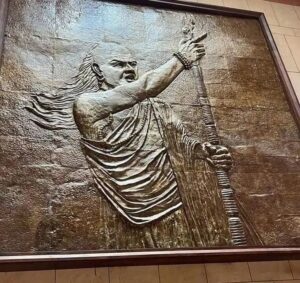 First meeting of Chanakya and Chandragupta Maurya
First meeting of Chanakya and Chandragupta Maurya
The first meeting of Chanakya with Chandragupta is believed to be around 326 BC. Chanakya saw that Chandragupta had the potential to become a great leader. He made Chandragupta his disciple and taught him the tricks of politics, warfare, and administration.
Chanakya made Chandragupta realize that he could end the tyranny of the Nanda dynasty and establish a just empire. Chanakya inspired him to not only become a warrior but also work for the welfare of the people.
Preparation for rebellion against the Nanda dynasty
Chandragupta Maurya, along with Chanakya, planned a rebellion against the Nanda dynasty. He organized a large army, which included disgruntled kings and feudal lords of various states. Chandragupta and Chanakya planned to overthrow the Nanda dynasty by getting these disgruntled elements on their side.
In 325 BC, Chandragupta started his rebellion against the Nanda dynasty. This struggle was not easy, because King Dhanananda of the Nanda dynasty was extremely powerful and cruel. But Chandragupta’s indomitable courage and Chanakya’s skillful strategy gave strength to this rebellion.
Fall of the Nanda dynasty and the establishment of the Maurya Empire
In 321 BC, after a long and difficult struggle, Chandragupta Maurya defeated the Nanda dynasty. He removed Dhanananda, the last ruler of the Nanda dynasty, from the throne and himself became the king of Magadha. With this, the foundation of the Maurya Empire was laid.
Chandragupta Maurya established the capital of Magadha in Pataliputra and ruled his empire from here. The initial expansion of the Maurya Empire was limited to Magadha and its surrounding areas, but under the leadership of Chandragupta, the empire soon spread to the northern and western parts of India as well.
Situation after Alexander’s invasion
Alexander the Great invaded the northwestern parts of India in 326 BC. However, after his sudden death, his commander Seleucus Nicator retained control over parts of northwestern India.
Chandragupta Maurya fought with Seleucus and eventually defeated him. In 305 BC, a treaty was signed between Chandragupta and Seleucus, under which Seleucus married his daughter to Chandragupta and in return Chandragupta gave him 500 elephants. After this treaty, Chandragupta annexed Afghanistan, Balochistan, and parts of Pakistan to the Maurya Empire.
 Administration and Governance of Maurya Empire
Administration and Governance of Maurya Empire
Chandragupta Maurya established a strong and efficient administrative system during his reign. He divided the kingdom into various provinces, each of which had a governor appointed to administer it. Through this system, Chandragupta governed his vast empire efficiently.
Law and order were strictly followed during his reign. The judiciary was independent and the people had no difficulty in getting justice. Chanakya also played an important role in strengthening the economy of the state. He composed a treatise called “Arthashastra”, which presented deep thoughts about governance, economy, and social order.
Religious tolerance and cultural development
Religion and culture also got special patronage during the reign of Chandragupta Maurya. He was a follower of Hinduism, but he gave equal respect to all religions. Jainism and Buddhism also flourished during his reign.
Arts, literature and architecture also flourished in the Maurya Empire. Chandragupta patronized scholars and artists in his court. Chanakya’s treatise on economics and politics “Arthashastra” is a gift of this period. In this treatise, deep thoughts about governance, economy, and social order have been presented.
Chandragupta’s inclination towards Jainism and renunciation
The last phase of Chandragupta Maurya’s life is also very interesting and inspiring. It is said that at the end of his reign, Chandragupta Maurya freed himself from the responsibilities of the state and adopted Jainism. He handed over the reins of the state to his son Bindusara and himself took sanyaas.
Chandragupta spent the last years of his life in Shravanabelagola (which is located in today’s Karnataka). There he did hard penance under the guidance of Jain Muni Bhadrabahu. Finally he ended his life voluntarily through the Jain penance method called “Sallekhana”. Chandragupta died in 297 BC.
Legacy of Chandragupta Maurya
The life of Chandragupta Maurya is an important chapter in Indian history. He not only established a great empire but also developed the Indian subcontinent as a unified and powerful state.
The Maurya Empire established by him was the first vast and organized empire of India, which subjugated large parts of the Indian subcontinent. His achievement became a source of inspiration for generations to come. The rule of Chandragupta Maurya proved to be an important milestone in Indian history. His story is not only a saga of greatness but also shows that with determination, right guidance, and hard work, any person can achieve greatness.
चंद्रगुप्त मौर्य का जीवन भारतीय इतिहास के सबसे प्रेरणादायक और महत्वपूर्ण अध्यायों में से एक है। उनके नेतृत्व में भारत में पहला विशाल और संगठित साम्राज्य स्थापित हुआ। इस कहानी में चंद्रगुप्त के जीवन, उनके संघर्ष, और नंद वंश को पराजित कर मौर्य साम्राज्य की स्थापना का विस्तृत वर्णन किया गया है, जिसमें प्रमुख तिथियों का भी उल्लेख है।
चंद्रगुप्त मौर्य का प्रारंभिक जीवन और पृष्ठभूमि
चंद्रगुप्त मौर्य का जन्म लगभग 340 ईसा पूर्व में हुआ था। उनके प्रारंभिक जीवन के बारे में ज्यादा जानकारी नहीं है, लेकिन यह माना जाता है कि उनका जन्म मौर्य कुल में एक साधारण परिवार में हुआ था। बाल्यकाल में ही वे साहसी, बुद्धिमान और जुझारू स्वभाव के थे। उनके परिवार की आर्थिक स्थिति अच्छी नहीं थी, और वे अपने बचपन के दिनों में विभिन्न कठिनाइयों का सामना कर रहे थे।
उनके जीवन का एक महत्वपूर्ण मोड़ तब आया जब उनकी मुलाकात चाणक्य (विष्णुगुप्त या कौटिल्य) से हुई, जो तक्षशिला विश्वविद्यालय के विद्वान और नंद वंश के कड़े आलोचक थे। चाणक्य ने नंद वंश के अत्याचारों और भ्रष्टाचार को देखकर उसके विनाश का संकल्प लिया था।
चाणक्य और चंद्रगुप्त की पहली मुलाकात
चाणक्य की चंद्रगुप्त से पहली मुलाकात का समय लगभग 326 ईसा पूर्व का माना जाता है। चाणक्य ने देखा कि चंद्रगुप्त में एक महान नेता बनने की क्षमता है। उन्होंने चंद्रगुप्त को अपना शिष्य बनाया और उन्हें राजनीति, युद्धकला, और प्रशासन के गुर सिखाए।
चाणक्य ने चंद्रगुप्त को इस बात का एहसास कराया कि वे नंद वंश के अत्याचार को समाप्त कर सकते हैं और एक न्यायपूर्ण साम्राज्य की स्थापना कर सकते हैं। चाणक्य ने उन्हें प्रेरित किया कि वे न केवल एक योद्धा बनें बल्कि प्रजा के कल्याण के लिए कार्य करें।
नंद वंश के खिलाफ विद्रोह की तैयारी
चंद्रगुप्त मौर्य ने चाणक्य के साथ मिलकर नंद वंश के खिलाफ विद्रोह की योजना बनाई। उन्होंने एक बड़ी सेना संगठित की, जिसमें विभिन्न राज्यों के असंतुष्ट राजाओं और सामंतों को शामिल किया गया। चंद्रगुप्त और चाणक्य ने इन असंतुष्ट तत्वों को अपने पक्ष में करके नंद वंश को उखाड़ फेंकने की योजना बनाई।
325 ईसा पूर्व में, चंद्रगुप्त ने नंद वंश के खिलाफ अपने विद्रोह की शुरुआत की। यह संघर्ष आसान नहीं था, क्योंकि नंद वंश का राजा धनानंद अत्यधिक शक्तिशाली और क्रूर था। लेकिन चंद्रगुप्त की अदम्य साहस और चाणक्य की कुशल रणनीति ने इस विद्रोह को बल दिया।

नंद वंश का पतन और मौर्य साम्राज्य की स्थापना
321 ईसा पूर्व में, लंबे और कठिन संघर्ष के बाद, चंद्रगुप्त मौर्य ने नंद वंश को पराजित कर दिया। उन्होंने नंद वंश के अंतिम शासक धनानंद को सिंहासन से हटा दिया और स्वयं मगध का राजा बने। इसके साथ ही मौर्य साम्राज्य की नींव पड़ी।
चंद्रगुप्त मौर्य ने मगध की राजधानी पाटलिपुत्र में स्थापित की और यहां से अपने साम्राज्य का शासन किया। मौर्य साम्राज्य का प्रारंभिक विस्तार मगध और उसके आस-पास के क्षेत्रों तक सीमित था, लेकिन चंद्रगुप्त के नेतृत्व में जल्द ही यह साम्राज्य भारत के उत्तरी और पश्चिमी हिस्सों में भी फैल गया।
सिकंदर के आक्रमण के बाद की स्थिति
सिकंदर महान ने 326 ईसा पूर्व में भारत के उत्तर-पश्चिमी हिस्सों पर आक्रमण किया था। हालांकि, उनकी अचानक मृत्यु के बाद उनके सेनापति सेल्यूकस निकेटर ने उत्तर-पश्चिमी भारत के कुछ हिस्सों पर नियंत्रण बनाए रखा।
चंद्रगुप्त मौर्य ने सेल्यूकस के साथ संघर्ष किया और अंततः उसे पराजित किया। 305 ईसा पूर्व में चंद्रगुप्त और सेल्यूकस के बीच एक संधि हुई, जिसके तहत सेल्यूकस ने अपनी बेटी की शादी चंद्रगुप्त से कर दी और बदले में चंद्रगुप्त ने उसे 500 हाथी दिए। इस संधि के बाद, चंद्रगुप्त ने अफगानिस्तान, बलूचिस्तान, और पाकिस्तान के कुछ हिस्सों को मौर्य साम्राज्य में शामिल कर लिया।
मौर्य साम्राज्य का प्रशासन और शासन
चंद्रगुप्त मौर्य ने अपने शासनकाल में एक मजबूत और कुशल प्रशासनिक व्यवस्था स्थापित की। उन्होंने राज्य को विभिन्न प्रांतों में विभाजित किया, जिनमें से हर प्रांत के प्रशासन के लिए एक गवर्नर नियुक्त किया गया था। इस व्यवस्था के माध्यम से चंद्रगुप्त ने अपने विशाल साम्राज्य को कुशलतापूर्वक शासित किया।
उनके शासनकाल में कानून और व्यवस्था का कड़ाई से पालन होता था। न्यायपालिका स्वतंत्र थी और प्रजा को न्याय प्राप्ति में कोई कठिनाई नहीं होती थी। चाणक्य ने भी राज्य की अर्थव्यवस्था को सुदृढ़ करने में महत्वपूर्ण भूमिका निभाई। उन्होंने “अर्थशास्त्र” नामक ग्रंथ की रचना की, जिसमें शासन, अर्थव्यवस्था, और सामाजिक व्यवस्था के बारे में गहन विचार प्रस्तुत किए गए हैं।
धार्मिक सहिष्णुता और सांस्कृतिक विकास
चंद्रगुप्त मौर्य के शासनकाल में धर्म और संस्कृति का भी विशेष संरक्षण हुआ। वे हिंदू धर्म के अनुयायी थे, लेकिन उन्होंने सभी धर्मों को समान सम्मान दिया। उनके शासनकाल में जैन धर्म और बौद्ध धर्म का भी विकास हुआ।
मौर्य साम्राज्य में कला, साहित्य और वास्तुकला का भी विकास हुआ। चंद्रगुप्त ने अपने दरबार में विद्वानों और कलाकारों को संरक्षण दिया। चाणक्य के अर्थशास्त्र और राजनीति पर आधारित ग्रंथ “अर्थशास्त्र” इसी काल की देन है। इस ग्रंथ में शासन, अर्थव्यवस्था, और सामाजिक व्यवस्था के बारे में गहन विचार प्रस्तुत किए गए हैं।
चंद्रगुप्त का जैन धर्म की ओर रुझान और संन्यास
चंद्रगुप्त मौर्य के जीवन का अंतिम चरण भी अत्यंत रोचक और प्रेरणादायक है। कहा जाता है कि अपने शासनकाल के अंत में, चंद्रगुप्त मौर्य ने राज्य की जिम्मेदारियों से मुक्त होकर जैन धर्म अपना लिया। उन्होंने अपने पुत्र बिंदुसार को राज्य की बागडोर सौंपी और स्वयं संन्यास ले लिया।
चंद्रगुप्त ने अपने जीवन के अंतिम वर्ष श्रवणबेलगोला (जो आज के कर्नाटक में स्थित है) में बिताए। वहाँ उन्होंने जैन मुनि भद्रबाहु के निर्देशन में कठिन तपस्या की। अंत में उन्होंने “सल्लेखना” नामक जैन तपस्या विधि के माध्यम से स्वेच्छा से अपना जीवन समाप्त कर लिया। चंद्रगुप्त की मृत्यु 297 ईसा पूर्व में हुई।
चंद्रगुप्त मौर्य की विरासत
चंद्रगुप्त मौर्य का जीवन भारतीय इतिहास का एक महत्वपूर्ण अध्याय है। उन्होंने न केवल एक महान साम्राज्य की स्थापना की, बल्कि भारतीय उपमहाद्वीप को एक एकीकृत और शक्तिशाली राज्य के रूप में विकसित किया।
उनके द्वारा स्थापित मौर्य साम्राज्य भारत का पहला विशाल और संगठित साम्राज्य था, जिसने भारतीय उपमहाद्वीप के बड़े हिस्से को अपने अधीन किया। उनकी यह उपलब्धि आने वाली पीढ़ियों के लिए प्रेरणा स्रोत बन गई। चंद्रगुप्त मौर्य का शासन भारतीय इतिहास में एक महत्वपूर्ण मील का पत्थर साबित हुआ। उनकी यह कहानी न केवल महानता की गाथा है, बल्कि यह भी दिखाती है कि दृढ़ संकल्प, सही मार्गदर्शन, और कड़ी मेहनत के बल पर कोई भी व्यक्ति महानता प्राप्त कर सकता है।
OTHERS STORIES : https://gobolgs.in/category/historical-storys/
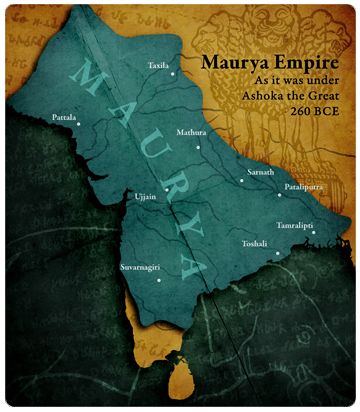
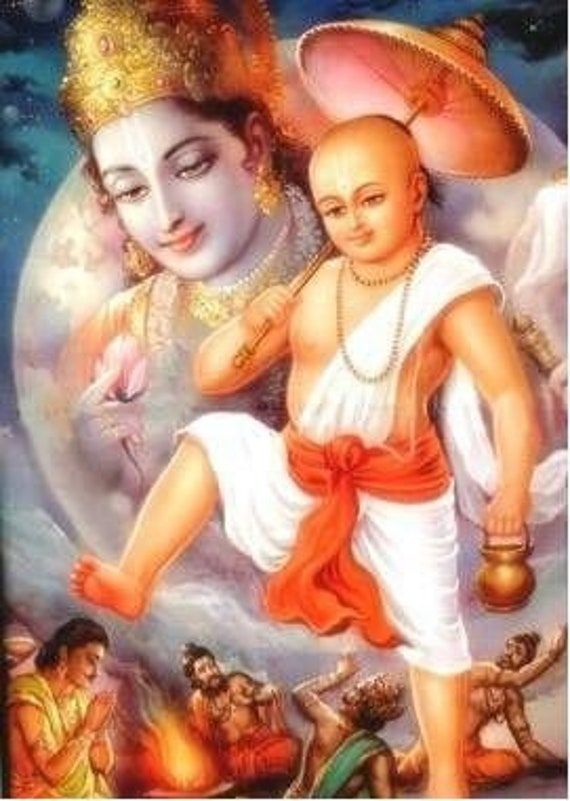


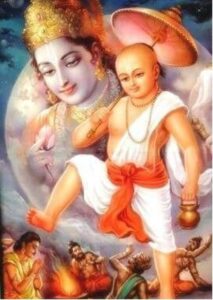
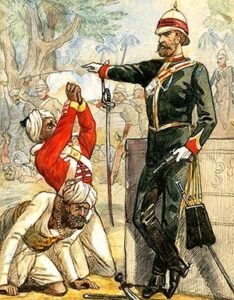

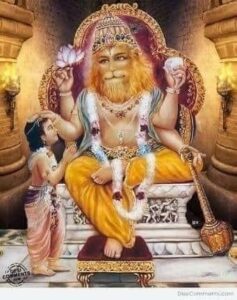


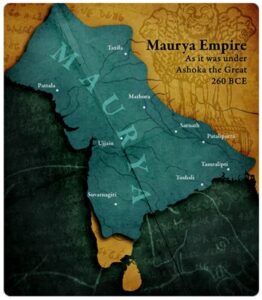
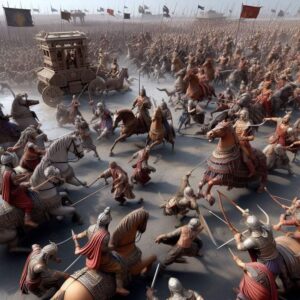

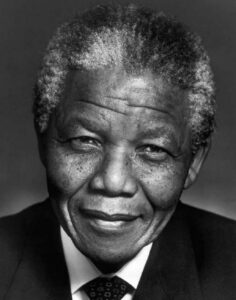
1 comment